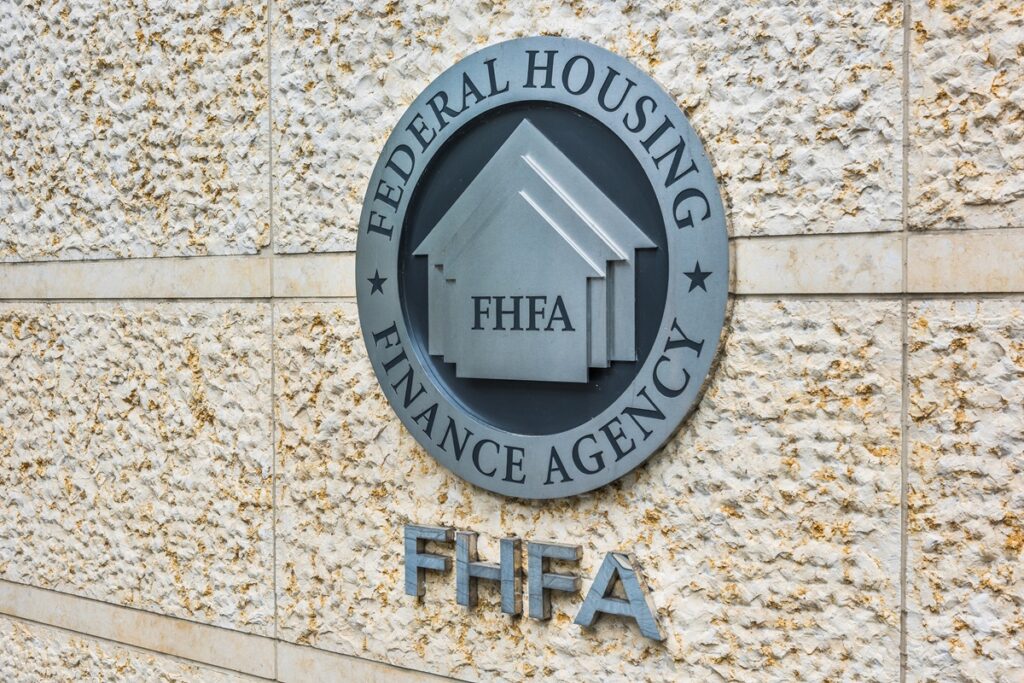The Federal Housing Finance Agency (FHFA) has released an online risk analysis tool that provides geographic estimates for physical risks from various types of natural disasters as well, as nationwide data on housing and the mortgage market.
The Mortgage Loan and Natural Disaster Dashboard is intended to give property owners, community leaders, financial institutions, policymakers, and other stakeholders better insight into which areas of the country are most likely to incur greater damages from hurricanes, flooding, wildfires, and other types of natural hazards.
Users can combine FHFA’s Public Use Database (PUDB) with data on previous disasters and other analysis from the Federal Emergency Management Agency (FEMA). They can identify areas of the country with elevated disaster risk based on several factors, and which of those areas have concentrations of properties financed with loans acquired by Fannie Mae, Freddie Mac, and the Federal Home Loan Banks.
Scientists have attributed more intense storm seasons—along with higher human and financial costs—in recent years to climate risk. Tools such as FHFA’s new dashboard provides stakeholders with greater visibility of communities already facing economic challenges that are susceptible to natural disasters.
“Climate risks, especially natural disasters, pose a serious threat to housing and other critical infrastructure, particularly in vulnerable communities,” said FHFA Director Sandra L. Thompson. “Providing geographic information on disasters as well as concentrated exposures of loans acquired by our regulated entities can help policymakers and the industry develop solutions to better safeguard those communities from the impact of future catastrophes.”
The dashboard utilizes data from three publicly available sources. The PUDB provides a geographic breakdown of loans acquired by FHFA’s regulated entities. FEMA’s National Risk Index identifies communities most at risk for 18 types of natural hazards. The third source, FHFA’s Duty to Serve High-Needs Rural Areas data, pinpoints rural areas in the country that are characterized by a high concentration of poverty and substandard housing conditions.
The data on mortgages were updated as of 2022 and the data on past natural disasters reflected in the online tool were updated as of 2023, while the Census tracts were drawn from the 2020 U.S. Census. Dashboard users can view nationwide mortgage data at the Census-tract level overlaid with expected annual damages for 18 different types of natural disasters.
Additional layers measure other factors affecting an area’s susceptibility to certain disasters, including a social vulnerability index, a community resilience index, and an additional layer enabling users to analyze FHFA’s Duty to Serve High-Needs Rural areas.
The FHFA has released this dashboard along with a blog post and answers to frequently asked questions (FAQs), outlining potential uses of the new data tool and how disaster assistance resources developed by federal agencies and the GSEs can assist homeowners impacted by natural disasters.





